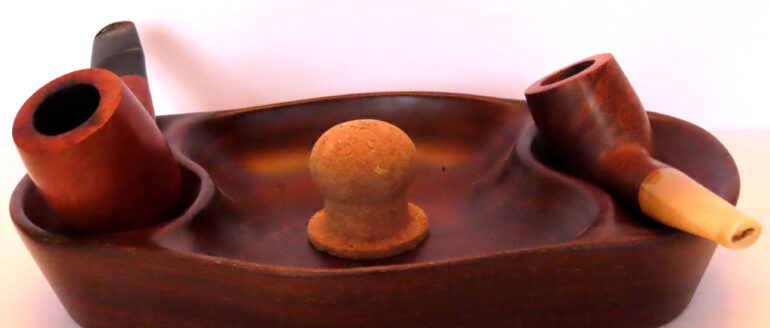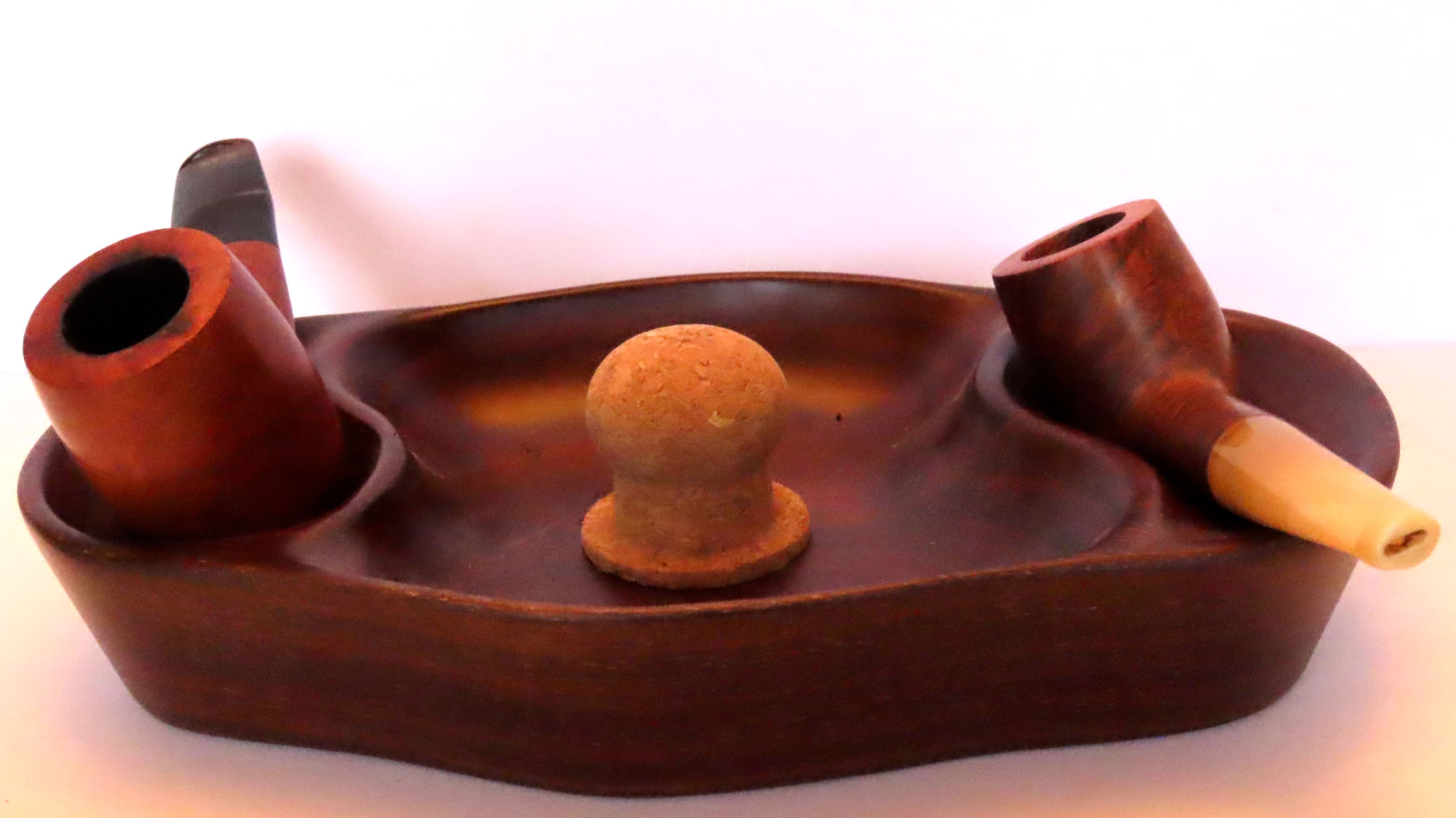
February’s International Pipe-Smoking Day was more than just another moment of relaxation for Pundit. It took me back to a time in Paris when I was wandering somewhere around the 10th Arrondissement of that great city and happened upon a shop with a sign that read: Tabac. I had to go inside and look around and gaze at the goodies.
Inside that delightful French pipe shop I had my first encounter with French pipes of any sort. Pundit was enamored of English pipes at the time and was dimly aware of much else. Let alone historic French-made.
The shop owner walked us around his charming very French shop, flooding me with his broken English. My college French had lived beyond its best by date.
The owner waltzed over to a counter and showed me a Chacom, of the famous Chacom and Comoy family of Saint-Claude, a small town in eastern France, which is the self-described “world capital of (the) pipe.” For good reason as it turns out.
A billiard Chacom was purchased immediately. But now sadly, or perhaps inevitably, that particular Chacom pipe from the Paris Tabac shop has been lost to time. Who knows where or how it disappeared? Traded, perhaps?
But the time in that tobacco shop was well spent. It was here that I learned something of Saint-Claude and its pipe history, foreign to me up to then. Never mind it was the birthplace of briar pipes. Yes, there are holes in Pundit’s knowledge of pipe history.
Briar pipes were born in Saint-Claude, with Chacom. Giving the French pipe bragging rights as offspring originals of pipes we love today.
It’s even more remarkable that we can still find pipes that have been seasoning in the historical air of Saint-Claude for years and purchase them at extraordinarily reasonable prices.
Many pipe smokers are attracted to the history of pipes, Pundit included. And those made in Saint-Claude are some of the most genuine, historically relevant pipes that any enthusiast can enjoy.
While roaming the “Ville lumière,” the City of Light, in the early 2000s, Pundit felt like a foot-loose expat in Paris, say of the 1920s.
For Pundit it was something akin to hanging out with the original expats such as Sherwood Anderson, Ezra Pound, Ernest Hemingway, Picasso, F. Scott Fitzgerald, Henry Miller, and James Joyce, just to name a few of the Pundit’s favs.
Naturally, a couple of these literary icons smoked pipes: Ezra Pound and James Joyce certainly.
Hemingway—however, there are arguments on both sides of “did he or didn’t he?” smoke a pipe. Since Hem was a Pundit “code hero” I favor the “he did,” side of the question.
Now before drawing any wild conclusions, this is no manner of imagination means to infer that Pundit is included in the writing circle of the above names. But you get the idea. The expats of the 1920s were singular.
I suppose I became overawed when I discovered Hemingway’s Paris apartment and then later enjoyed dinner in the corner booth of the famous literary restaurant Les Deux Magots where Hem and wife Hadley had night-out repasts.
You get the notion, I hope, that Paris was special. And the Tabac shop made it even more of an event of a lifetime.
And if you need further reading on the birthplace of briar pipes, I suggest you check out Chuck Station in Pipe Line at SmokingPipes.com.
His piece on the history of the Comoy and Chapuis pipe families is simply fascinating surrounding the advent of briar for pipes.
And now, some pipe smokers of the past.
Let’s start with Albert Einstein, the German-born master of theoretical physics. We think of Mr. E=MC2 as the greatest scientist of any generation.
He was also famously known for smoking a pipe, mostly Revelation (of course) tobacco.
Einstein was born March 14, 1879, in Ulm, Germany, and died April 18, 1955, in Princeton, N.J.
By now you are familiar with Einstein’s famous quote about pipes. If not, here it is again:
I believe that pipe smoking contributes to a somewhat calm and objective judgment in all human affairs.
Next up is Vincent Willem van Gogh, a Dutch Post-Impressionist. In his masterful works, Van Gogh painted self-portraits of himself smoking his pipe. And you can find some shapes named for him in Ser Jacopo’s Picta Picasso Pipes.
Van Gogh was born March 30, 1853, in Zundert, Netherlands, and died July 29, 1890, in France.
The famed artist demonstrates how much he loved his pipes with this observation:
To do good work one must eat well, be well housed, have one’s fling from time to time, smoke one’s pipe, and drink one’s coffee in peace—Vincent Van Gogh.
And to finish with a bit of musical flair is
Johann Sebastian Bach was a German composer known for orchestral music such as the mighty Brandenburg Concertos.
Bach was born March 31, 1685, in Eisenach, Germany, and died July 28, 1750.
And as we enter the stretch run into spring, here is a parting shot from one of the most celebrated of pipe smokers: In the Spring, I have counted 136 different kinds of weather inside of 24 hours—Mark Twain.


















